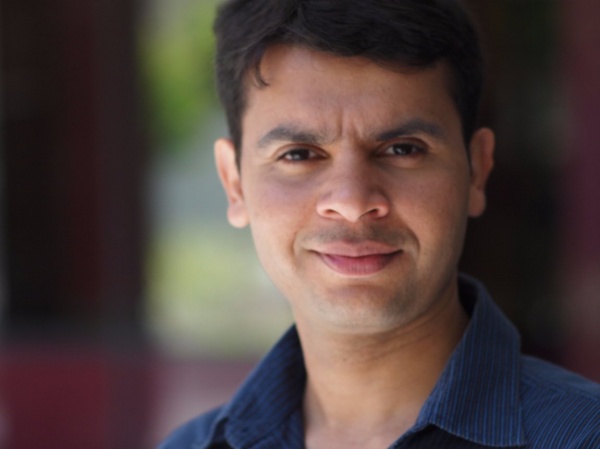My friend Ankur Jain (Emergent Ventures) recently interviewed Mohit Aron ( co-founder of Nutanix and Cohesity ) at an event that was aptly titled “Plain Talks”
Mohit shared a lot of actionable insights and life experiences. The one that caught my attention was the framework he uses to evaluate new ideas.
Based on my notes and email exchanges with Mohit, here is that framework:
1) What’s the market size?
Unless you are building a lifestyle company, there is no point in going after ideas that have a smaller TAM (Total Available Market). Mohit personally is not interested if the TAM is less than $5B
2) Is it a good neighborhood?
How are the other companies in the space doing? If most others have failed, even if you have really GOOD reasons for why your startup won’t fail, you will have a hard time convincing people to back you.
3) How long will it take to build the first product that’ll sell ? How much funding will be required to get there ?
There are two phases to consider
First is building an “Unqualified MVP” – something that “might” sell after some hand-holding and friction.
Then there’s a phase where you refine this and reach a “Repeatably selling MVP”. Both phases should be do-able in a reasonable amount of time. However, (3) primarily focuses on the first phase – building the “Unqualified MVP”. That should be do-able within a reasonable time determined by the amount of funding raised. Because the next round of funding is going to happen only if you successfully complete this first phase.
4) What are the backup plans if the thesis doesn’t work ? That is, what can you pivot to ?
You need to be committed to your cause while having Plan B and Plan C in your back pocket. Is there a version that you can sell to a different target market or is there a different set of features that you can package to sell to the target market you were going after – something to think about.
5) How long will it take competitors to replicate the product ? What’s the barrier of entry?
The time it takes competitors to replicate the product should be at least 1-2 yrs. If it is less than a year, then very soon you’ll be selling against competitors who have a very similar product. Not good.
6) Are the industry trends with you ?
Swimming against the tide is not good, even for a large company, but, for a startup, it can mean curtains in the near future.
7) Are you addressing some short-term pain points or not ?
Customers don’t write checks to a new company easily – specially when they are selling something that’s just a good-to-have. The MVP should satisfy some acute pain the customer has. That’s when the customer looks beyond the rough edges in the product and writes a check.
8) Is the insertion point good ?
Does your product fit in and reduce management headache or whether it is an eyesore and adds to management headache? You will have a tough time if it is the latter.
9) How long would it take you to reach $100 million in annual sales ?
The time it takes to get to $100M in sales (for B2B) or 10M in eye balls (for B2C) is a good metric to keep your eye on. It will also force you to think and reflect whether you are making real progress as you burn the midnight oil.
Ideally the above numbers should be attainable within 5-7 yrs of starting to sell the product.
10) To achieve $100 million in annual sales, would you require high volume? If so, can your engineering/support, sustain a high volume of customers?
A company cannot be both high touch and high volume.
A high touch product results in lots of support calls. If such a company also requires high volume to achieve the $100M goal, then the company will be drowned in support calls.
Said another way, a high touch product better fetch a high price every time it sells so that $100M is achievable with a manageable number of customers (maybe a few hundred).
A low touch product on the other hand can afford to be priced low – as long as there’s an expectation that the number of customers it touches will be large – so as to achieve that $100M number.
